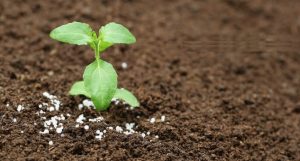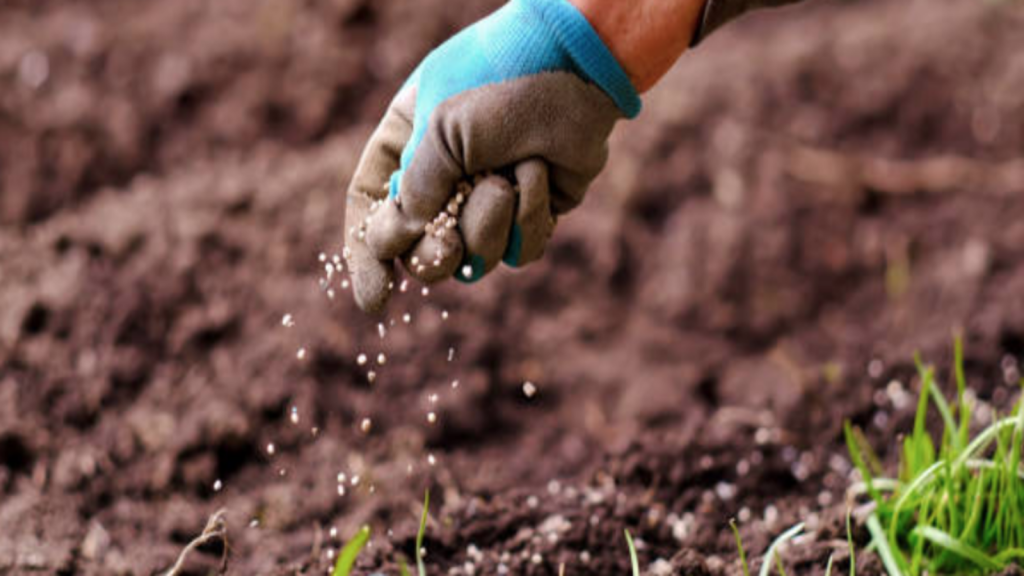Fertilizers are organic or inorganic, natural or artificial substance containing chemicals supplied or applied to the soil and plant to improve productivity. They are mostly used by farmers to provide nutrients to plants to increase crop yield
Organic

Animal waste and plant waste are some examples of organic fertilizer. The animal waste is from cows, goats, chicken etc. some of the sources of plant waste include compost, grain meals and seaweed extracts.
Synthetic Fertilizer

They are manufactured nutrients in exact doses for fast, specific and precise feeding of plants. They are packaged in bags with nutrients ratios labeled on them. Examples of inorganic fertilizer include.
- Nitrogen fertilizer
- Potassium fertilizer
- Magnesium fertilizer
- Calcium fertilizer
- Sulfur fertilizer
- Phosphorus fertilizer
Advantages of organic fertilizer
Improves the soil by enabling it to retain water longer and increase bacterial and fungal activity
- Safe for human beings and environment
- Easy to apply and the delivery rate of nutrients is slow but sustainable
Disadvantages
- Its effects take longer to help plants grow
- May not contain all primary nutrients
Advantages of inorganic fertilizer
- It basically contains all necessary nutrients
- Effects is fast
Disadvantages
- Not safe to human being and environment.
- Depletes soil of its nutrients making it unproductive
- Burns plants
- Requires protective gears when applying and contributes to
ground and water pollution
Wrong mixture, contamination, can be dangerous and /or will cause ineffectiveness. Know how to mix fertilizer to maximize on efficiency, if not or seek expert advice on how to so.
How to get your subside Fertilizer and Farm imputes from The National Value Chain Support Program
Since accessing farm inputs from a reliable outlet, at the right time and at an affordable price, the Government of Kenya through the Ministry of Agriculture, Livestock and Fisheries has come up with a
program enabling small scale farmers get subsidized farm inputs through e-voucher system.
Basically it covers potato, maize and rice farmers who are selected and verified and subsequently issued with fertilizers, agro chemicals and clean certified seeds to enable them commercialize farming. However the arrangement has a 60% farmer and 40% government sharing of the production inputs cost.
Ideally the farmer first registers with the Ward Agricultural Officer, who after confirming the information provided, will enter the same in the system. Secondly the farmer is then issued with an e-voucher after verification of the data provided via a SMS with a code. Finally the farmer will be issued with number of fertilizer, liters of chemicals, number of bags of lime and quantity of seeds from a pre-qualified dealer depending on the farmers’ data.
With the 60% of the farmers’ mobile banking through (M-PESA), the system automatically processes the 40% and the total amount is paid to the dealer. You will realize that such programs will encourage farmers and boost the fight against hunger and food shortage.
